Popular on Food52
Continue After Advertisement
20 Comments
Claudia T.
December 9, 2018
Love congee. My family is from various parts of Southeast Asia plus some Chinese, so I've had a variety, too. Some times I like it very clear with pretty defined grains of rice, sometimes I want it stirred and stirred so it's thick and dense like your spoon would almost stand up straight. I usually don't cook it with much in the base, just a bit of ginger or lemongrass and stock, so we can add the extras after. Soft boiled egg was actually new to me- growing up it was always a hard boiled egg- but I'm now totally in love with a creamy soft boiled egg swirled through my congee!
Pornpi L.
February 16, 2017
In Thai cooking, we also add cilantro roots while boiling our stock; they help building flavor and fragrance.
monika
February 16, 2017
I love congee and am always trying to perfect it. The congee on the pic look more like a bowl of overcooked rice with too much water. Congee is suppose to be like a thick slightly runny gruel. Firstly wash clean the rice Several times until the water runs clear. Now a days there are special types of rice for congee. Then soak the rice in water and salt and a bit of vegetable oil for couple of hours or overnight in fridge. Next step boil some water or stock . I find that it's better to boil the stock/water first then add the soaked rice in it. Otherwise you have to keep stirring and watch over it so the rice won't stick to the bottom of the pot. Let it boil in high heat until it thickens. Keep adding water/stock if it's too thick. Remembering to stir. Turn down fire once it's quite thick and rice has broken apart. You should not be able to see any rice grain in your pot. Just keep stirring until it's thick and creamy. Once cooked, off the fire and cover the pot. My mother always tell me to cover and wait for ½ hour before eating.
Depending on the type of ingredients you add to your congee . For example minced pork, it can be added after the congee is cooked. Scoop out the amount you would like into a small pot, boil it and add the minced pork. Keep stirring until the pork is cooked. Then crack an egg into it turn off fire. Garnish with spring onion, fried garlic, shredded ginger, coriander, fried shallots, and fish sauce (optional) . Don't forget the white pepper. Asian also like to garnish with Tianjin preserved vegetable. There are many different version of congee depending which part of China you are from. Enjoy 😊
For other version, such as dried scallop, fish, chicken, spinach, etc are cooked differently.
Depending on the type of ingredients you add to your congee . For example minced pork, it can be added after the congee is cooked. Scoop out the amount you would like into a small pot, boil it and add the minced pork. Keep stirring until the pork is cooked. Then crack an egg into it turn off fire. Garnish with spring onion, fried garlic, shredded ginger, coriander, fried shallots, and fish sauce (optional) . Don't forget the white pepper. Asian also like to garnish with Tianjin preserved vegetable. There are many different version of congee depending which part of China you are from. Enjoy 😊
For other version, such as dried scallop, fish, chicken, spinach, etc are cooked differently.
Mari A.
August 7, 2016
My mother made this for me and my brother, especially when we were feeling under the weather. Now it is my go to comfort food. We are from the Kanto area so make okayu, Japanese version of congee, with dashi. When the rice is very soft I swirl beaten egg through it and serve topped with cooked chicken or tender white fish, sesame oil, shoyu, and a sprinkle of ao nori. I remember my brother liked shirazu, the little white salted fish on top. So many wonderful and endless versions can be made. Every family has their favorite version. None are wrong, just yummy.
Hiro
June 14, 2015
In Japan, this is called Okayu, and I make a few versions of it at home. My favourite is Bonito/miso with seaweed, tofu and green onion, but chicken is usually the favourite of the house. With the addition of rice vinegar, a touch of soy and an sunny-side up egg on top, it is amazingly savoury and filling breakfast. Another fun version I make is sweet Okayu with brown sugar, nutmeg and black raspberries- it turns bright purple! My daughter loves it.
I really want to try this version, though. Time to visit Chinatown for those century eggs.
I really want to try this version, though. Time to visit Chinatown for those century eggs.
Ellen Y.
June 5, 2015
You can infuse and marinade the rice first with mashed up thousand year egg overnight; the flavour intensifies and puts this comfort food up to the next level! Yum! Favourite meal in the world.
Alejandra
May 30, 2015
I love that this dish can be really simple. I like congee with fish, chives and ginger.
TWoo
May 23, 2015
Thanksgiving tradition to use the carcass for stock and shred turkey meat! Green onions, preserved turnip, soy sauce, sesame oil...or winter comfort food or soothing sick food....white fish or chicken....I like it thick, but cooked down more, often will start it the night before...
I_Fortuna
May 17, 2015
The congee I am familiar with is more soupy. It often contains Chinese herbs and is used medicinally for children, the elderly, ill and frail. The soupy consistency is supposed to help those who are dehydrated. It is a good way to get liquids into the ill.
I like the recipes, especially the use of the pork which we love.
I like the recipes, especially the use of the pork which we love.
Estella S.
May 12, 2015
We used to just eat it plain with different types of pickles, seaweed paste and I call it fuzzy pork for my kids..
Elsie M.
May 12, 2015
The congee that I am familiar with is a lot more like soup. The picture posted in this article is more risotto like :-)
Jenny X.
May 12, 2015
It's pretty thick, but I guess it all just depends on who's cooking and eating it :)
Elsie M.
May 12, 2015
Makes perfect sense Jenny...that's the beauty of it...a dish that allows one to customize!
YenWhite
May 12, 2015
salted eggs, hard-cooked and chopped, go well with century egg porridge. a simple variation of this congee involves simmering bone-in chicken thighs/legs to create a broth to cook the rice in, and the chicken is then shredded and served with the seasoned congee (with the best soy sauce and sesame oil you can find). a classic accompaniment to congee is a deep-fried chinese cruller, to provide texture and contrast.
kelly H.
May 12, 2015
I'm+so+glad+you+used+century+old+eggs+for+this+-+I+hope+people+try+it+and+aren't+grossed+out+by+it+because+of+what+they+see+on+tv+(fear+factor!).+It's+so+good+in+congee+!+I've+never+put+stir+fried+pork+in+mine+though+-+it's+always+salted+and+raw+and+cooked+with+the+rice+together+to+add+flavor!+But+good+idea!+
kelly H.
May 12, 2015
oh gosh, it's the first time I've ever left a comment and I have no idea why it turned out with all those + signs instead of spaces!
Cinnamon
May 12, 2015
The website has been doing that to people a lot lately. It's not you. Since it's not a consistent glitch, they may be having trouble replicating the problem in order to fix it.
Jenny X.
May 12, 2015
I agree, I hope everyone gives the century egg a shot! And congee especially is a good place to start, since it tames down the flavor a bit. I love that you cook the pork with the rice though, I'm definitely trying that next time! (And like Cinnamon said, the comment thing is a glitch that's being worked on right now :/ )
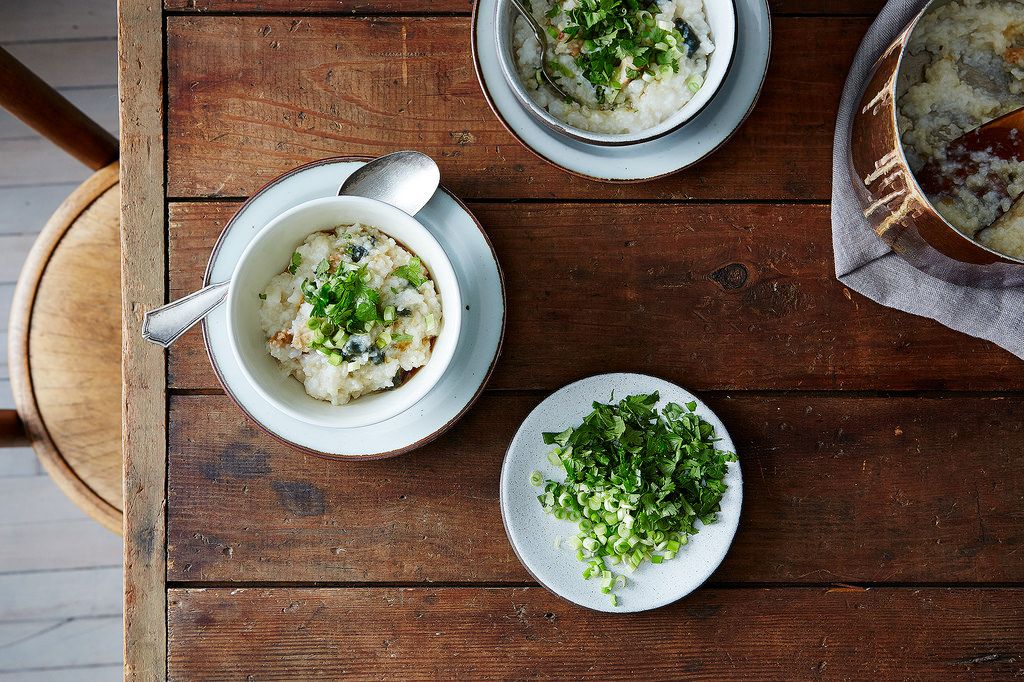
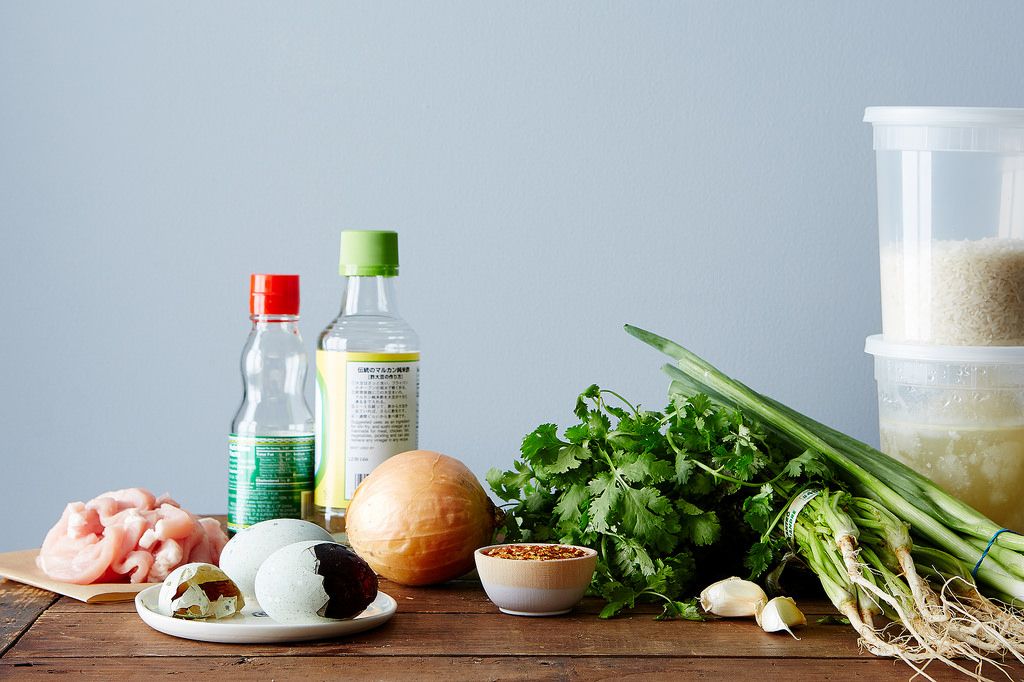
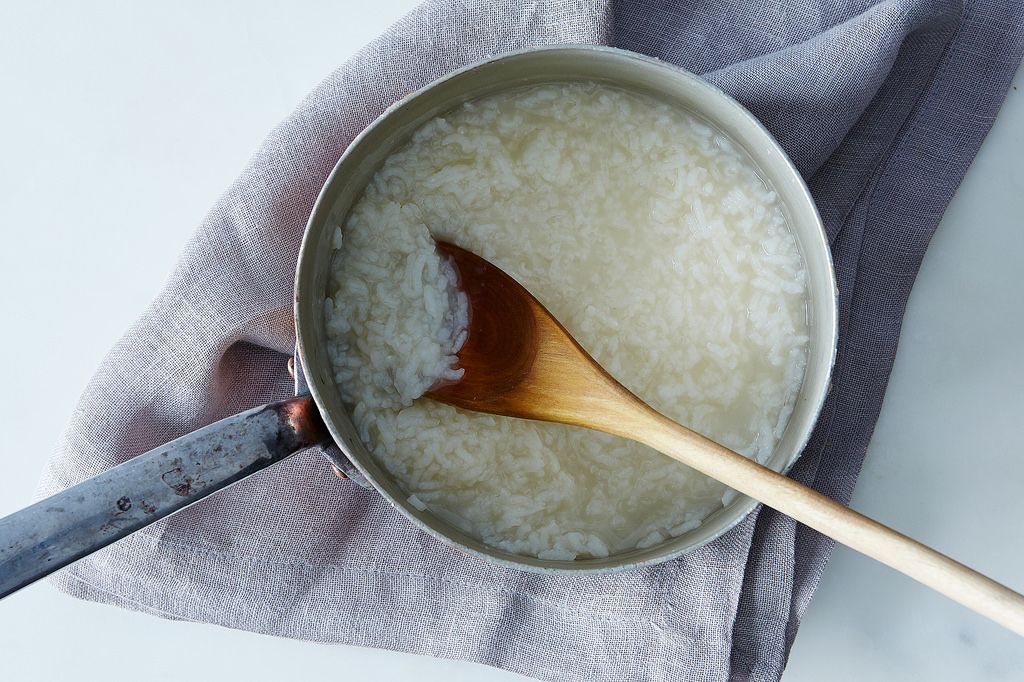
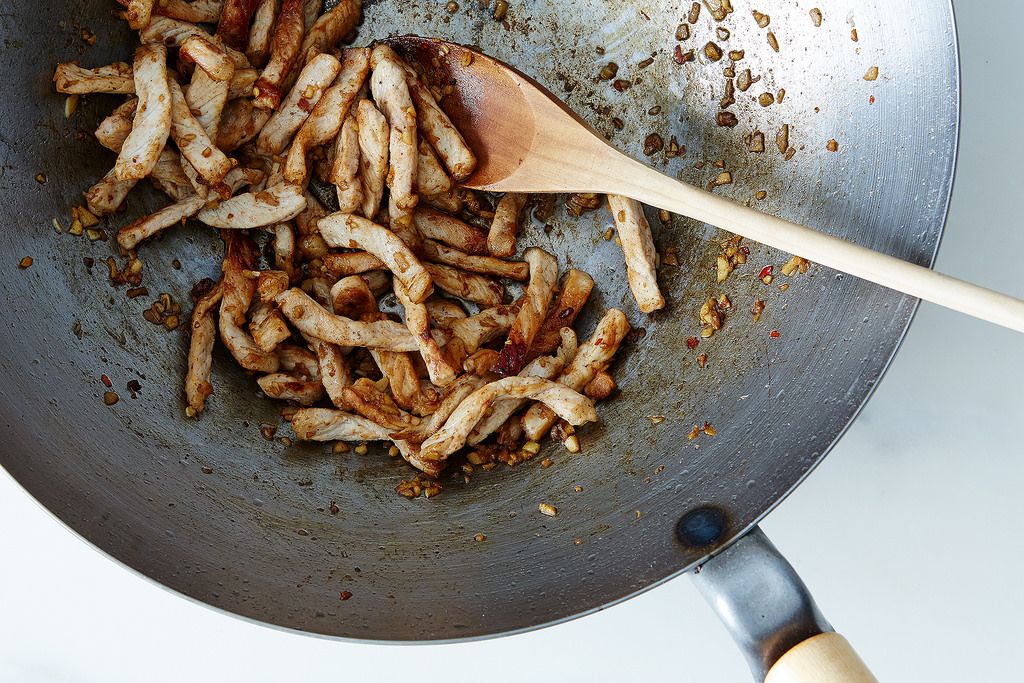

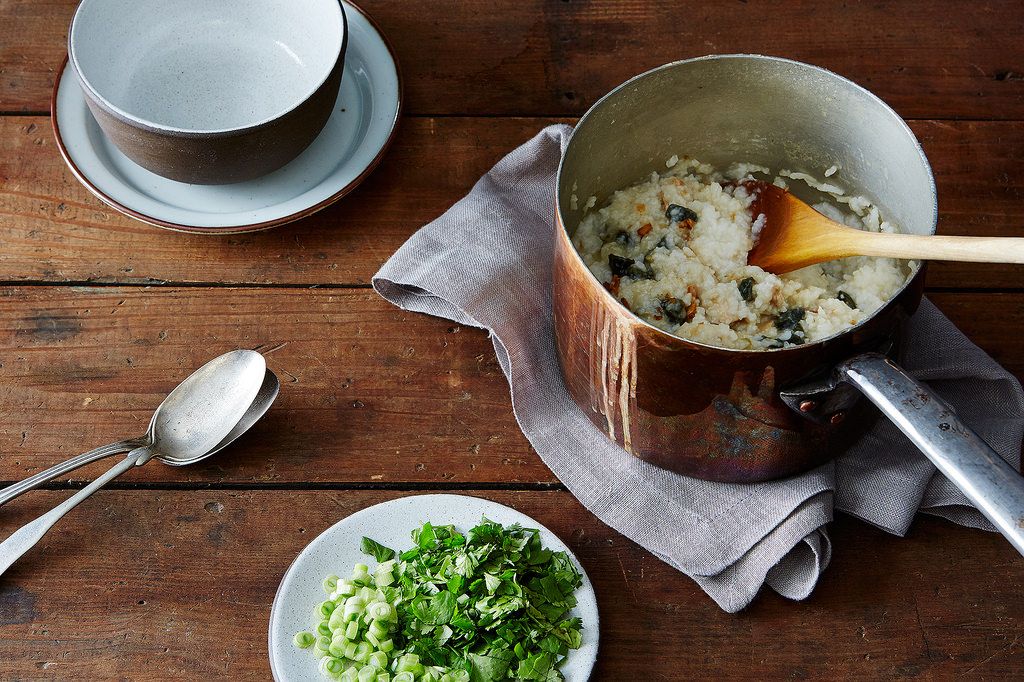

See what other Food52 readers are saying.